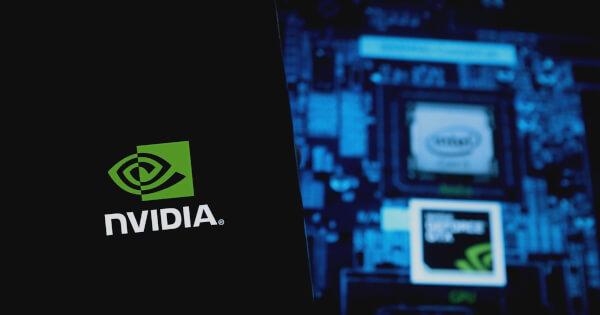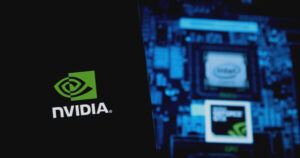Revolutionizing Scientific Literature Reviews with NVIDIA’s NIM Microservices
By Jessie A. Ellis
Publication Date: February 26, 2025 | 11:50 AM
In the dynamic world of scientific research, where time and accuracy are critical, NVIDIA’s innovative NIM microservices for large language models (LLMs) are making waves. These advancements are not just streamlining the arduous process of scientific literature reviews; they are redefining it, giving researchers the tools they need to stay ahead in an ever-expanding ocean of information.

The Burdens of Traditional Literature Review Processes
If you’ve ever attempted a systematic review of academic literature, you’re well aware of the complexity and time commitment involved. Researchers typically face the daunting task of collecting, reading, and summarizing a plethora of articles—a process often laden with information overload and scope limitations. In 2024 alone, the Web of Science indexed over 218,650 review articles, showcasing the critical importance of these reviews in academic circles.
Moreover, the interdisciplinary nature of many topics means that a researcher might need expertise extending beyond their primary field, complicating the review further. This is where NVIDIA’s NIM microservices come into play, promising a revolutionary shift.
Harnessing the Power of LLMs
NVIDIA’s foray into LLMs aligns with industry trends pushing for more efficient data analysis tools. Participating in the Generative AI Codefest Australia, NVIDIA worked in conjunction with a network of AI experts to fine-tune methods for deploying NIM microservices specifically designed for literature analysis. This collaboration has empowered researchers, such as those from the ARC Special Research Initiative Securing Antarctica’s Environmental Future (SAEF), to utilize NVIDIA’s LlaMa 3.1 8B Instruct NIM microservice for practical applications. For instance, they successfully implemented a Q&A application to extract vital data from extensive ecological literature pertaining to environmental changes.
Speeding Up the Review Process: Impressive Figures
One of the most exciting outcomes of the initial trials using NVIDIA’s technology is the dramatic reduction in processing times. Conventional methods can take weeks or even months, but organizations deploying these microservices reported a staggering 25.25x increase in processing speed. Using NVIDIA A100 GPUs, they managed to reduce the time required to process a comprehensive scientific database to less than 30 minutes. This translates to a time saving of over 99% compared to traditional manual review methods, a game-changer for researchers who often feel overwhelmed by their workload.
Automation: The Future of Article Classification
Beyond merely extracting information, NVIDIA’s endeavors don’t stop there. The team is exploring automated article classification, utilizing LLMs to decode complex datasets with unprecedented speed. The Llama-3.1-8b-Instruct model, fine-tuned with a LoRA adapter, allows for the classification of articles in a mere two seconds each. This puts traditional manual classification methods light-years behind.
Plans for the future include refining the workflow and enhancing user interfaces, all aimed at democratizing access to these groundbreaking tools.
Conclusion: Embracing the AI Revolution in Research
NVIDIA’s NIM microservices exemplify the transformative potential of AI in contemporary research processes, equipping scientists with the tools needed to explore interdisciplinary fields with remarkable efficiency. By embracing these innovations, researchers can harness the power of automation to enable faster, more accurate literature reviews.
At Extreme Investor Network, we believe that advancements like NVIDIA’s NIM microservices are just the beginning. As the landscape of cryptocurrency and blockchain technology evolves, understanding how AI is changing research in these sectors will be paramount. Stay tuned as we continue to unfold the potentials of Artificial Intelligence in various domains, including its influence on crypto, blockchain, and beyond.
For the latest updates, tips, and insights on emerging technologies and investment strategies, don’t forget to subscribe to our newsletter and join the Extreme Investor Network community!

